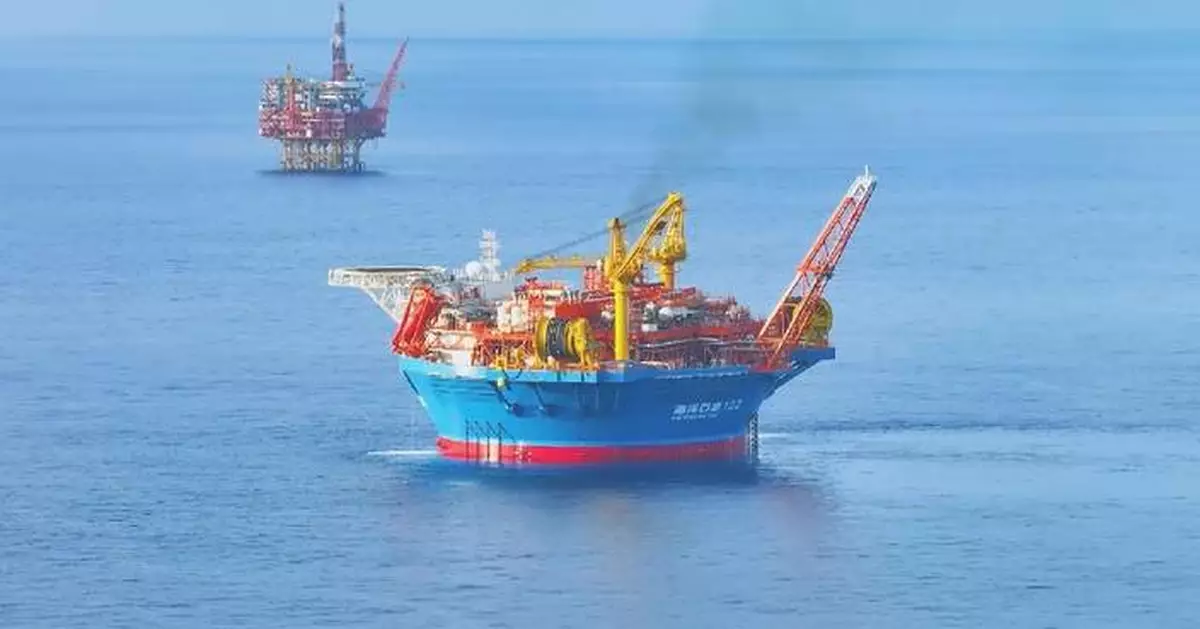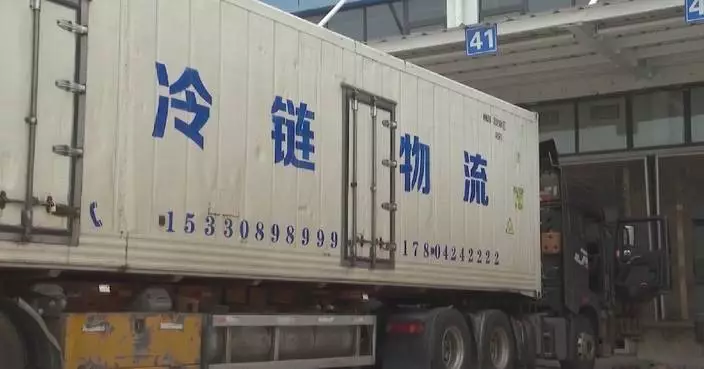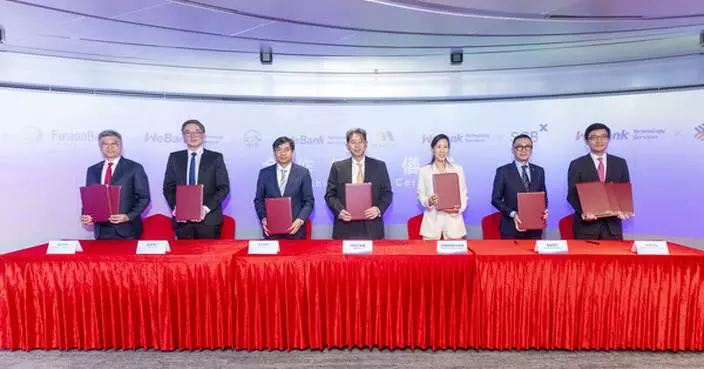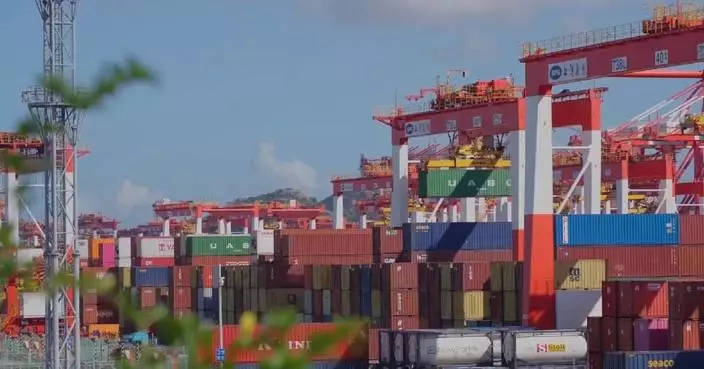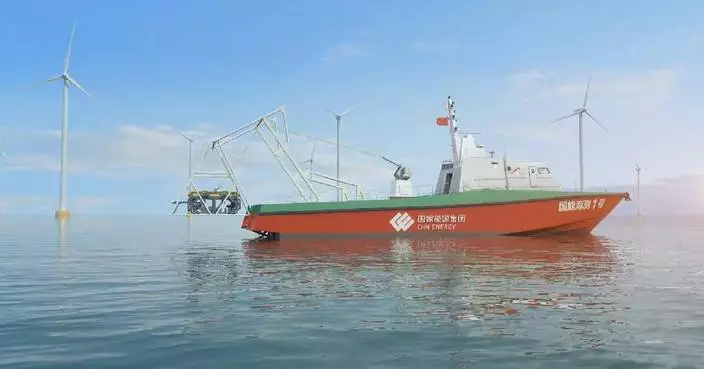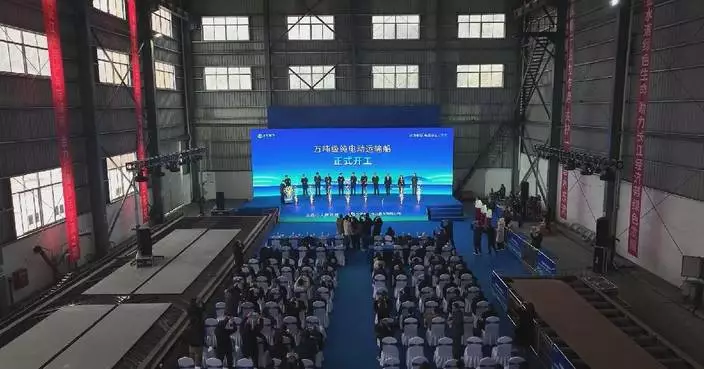China has achieved a major milestone in self-building capacity on all types of deepwater oil and gas equipment as it set the seal on the secondary development project on Tuesday.
China's largest offshore oil producer China National Offshore Oil Corporation (CNOOC) on Tuesday announced that the Liuhua Oilfield secondary development project, the first in China, has completed all offshore debugging process and entered the final stage of preparation before production, as Asia's first cylindrical oil-gas facility Haikui No. 1 and the record-breaking deepwater jacket structure Haiji-2 passing the mechanical acceptance.
China's pioneering cylindrical floating, production, storage and offloading (FPSO) facility, Haikui No.1, marks a breakthrough in the nation's deep-water, ultra-large offshore oil and gas equipment development.
The home-grown Haiji-2 jacket have set Asian records for structure height, weight, operational depth and construction speed.
Located 240 kilometers southeast of Shenzhen City, south China's Guangdong Province, Liuhua Oilfield is China's first deepwater oilfield, with an operating water depth of 324 meters and proven geological reserves of more than 100 million tonnes.
It is the first time in China that the project adopted the "deepwater jacket platform plus cylinder FPSO" development mode. In this mode, the deepwater jacket drilling platform will extract crude oil, which will be then sent to the cylinder FPSO facility after pretreatment and processed into qualified crude oil for storage and transportation.
"The innovative structural design of Haiji-2 and Haikui No. 1 has broken the previous monopoly of foreign companies and developed several pioneering technologies, including those on S420 ultra-high strength steel welding, cylindrical FPSO hull design and large-scale marine jacket digital twin health management system, as well as new domestic design standards. It enables China to achieve a breakthrough from zero to one in many design technologies," said Wang Huoping, deputy manager of CNOOC Liuhua Oilfield secondary development project.
With a weight of 37,000 tonnes and a height of nearly 30 stories, Haikui No. 1 has a maximum oil storage capacity of 60,000 tonnes, and it can operate continuously at sea for 15 years without returning to dock.
With a height of 428 meters and a weight of over 50,000 tonnes, Haiji-2 is the most advanced deepwater jacket platform in Asia.
"The project team has overcome 25 key technical challenges, including the design, construction, installation and debugging of ultra-large deepwater jacket platform and cylindrical FPSO equipment. We have comprehensively mastered the integrated technology set of deepwater oil and gas engineering at a depth of over 300 meters, enabling China to independently design and manufacture different types of deepwater oil and gas equipment according to different conditions of oilfields and sea areas," said Shu Wei, project manage of Liuhua Oilfield with Offshore Oil Engineering Co., Ltd.
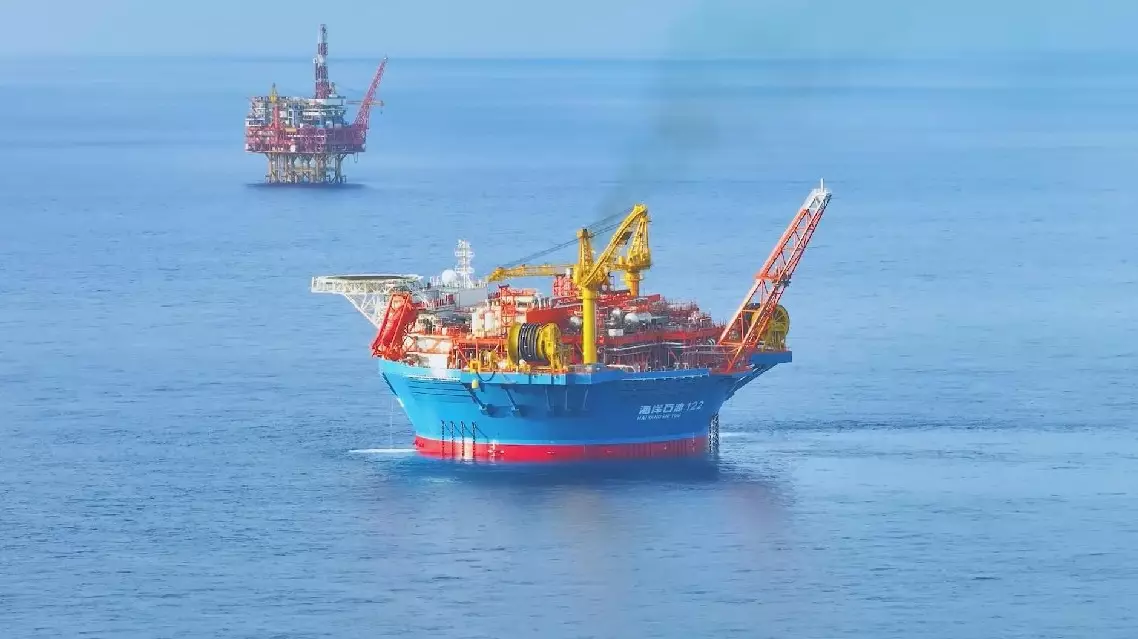
China sets seal on building milestone deepwater oil-gas equipment


